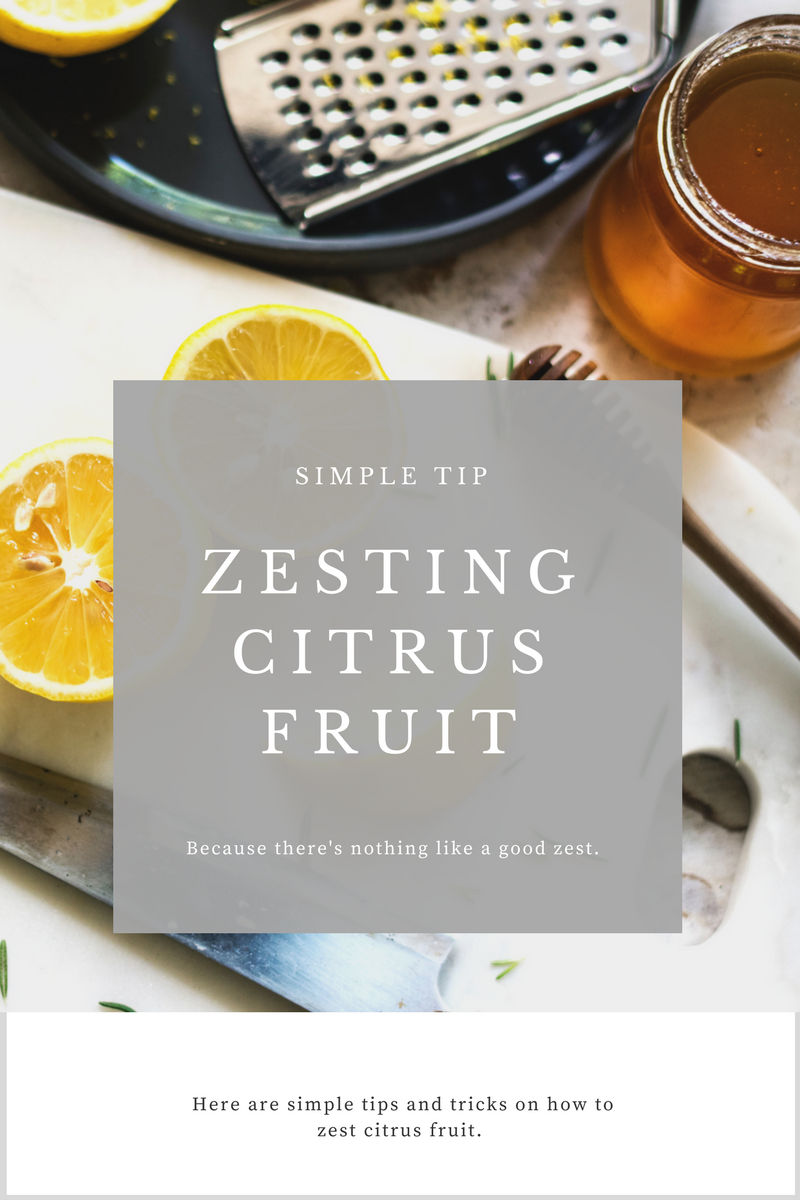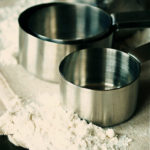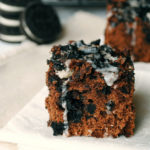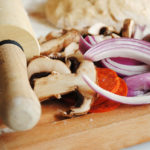
As you look through various recipes, I’m sure you stumbled across the phrase “use the zest from a lemon.” Upon seeing that phrase, some of you might scratch your head, stare at the phrase, think about it for a few seconds and then quickly move on to the next recipe thanks to having no clue as to what “zest” means.
Today is the day to no longer fear the word “zest.” Why? It’s simple. To zest a fruit means to scrape off the outer layer of fruits and use the scrapings to enhance the overall flavor of the dish.
Tips on How to Zest Citrus Fruit
The peels from fruits such as lemons, limes and oranges contain a very high amount of flavorful oils that, when used in small amounts, go a long way to add hints of citrus to a dish or baked good. By only using the colorful part (the zest) of the peel instead of the white bitter part (the pith), an intense citrus flavor will be added instead of bitterness.
Prior to zesting a citrus fruit, it is important that you scrub the fruit with soap and water and then pat it dry with a paper towel. Once these steps are completed, it’s time to choose your zesting weapon. There are many tools that can be used to achieve a zest that incorporates beautifully into a dish to add amazing flavor. Typically, the tools listed below are most often used when a recipe calls for zest:
- Box Grater: When using a box grater, there are four different sides of the grater to choose from when deciding on how large of zest pieces you desire. It is usually best to add fine pieces of zest to recipes so be sure to use the side with the smallest holes.
- Microplane: When zesting with a microplane, rub the fruit in one direction against the blades. Be sure to turn the fruit as you zest so that the colored part (the zest) is removed and not the white part (the pith).
- Vegetable Peeler: This tool will result in strips of the zest instead of very fine pieces of zest.
- Zester: This tool makes long, thin strands of threadlike zest. When using this tool, simply scrape the blade along the outer side of the fruit and remove only the color part (the zest) and not the white part (the pith). Sometimes, it’s a good idea to chop the strands with a knife to achieve finer portions of zest.
No matter which weapon you choose, it is always important to remember to only remove the outermost layer of the peel and not the bitter white part.
What tool do you usually use when a recipe calls for citrus zest?






I love my zester and use it all the time. A definite necessity in any kitchen and this post is a great explanation as to why.
Hi Jen ~ Thanks for stopping by my blog. You have such a wonderful website. I'm going to have a great time looking around. Your photography is beautiful,too.
Have a nice weekend.
Lynne
Awesome tutorial Love adding citrus zest to my food, especially when I bake. Zest packs such amazing citrus flavor.
Hi! I just found your blog and I love it. We have a similar style when it comes to cooking. Fresh, homemade, with few ingredients. Cant wait to read more.
Great post Jen!
I used to avoid zesting anything until I finally bought a microplane..makes it so easy and I keep my fingernails too!
I use a microplane for typical zesting and do have a zester tool for decorative strips. I had that tool in my kitchen gadget drawer forever and did not have a clue what it was; has been nice to know and now use it a lot!
I too avoided zest until I finally bought myself a microplane zester. Great tips!
Great tips! I super puffy heart my Microplane citrus zester! Perfect for lemons and oranges!
Great tips! My microplane is definitely my favorite way to grate lemon zest – it always provides such a nice texture.
Gotta agree with the rest of the ladies. LOVE my microplane :)